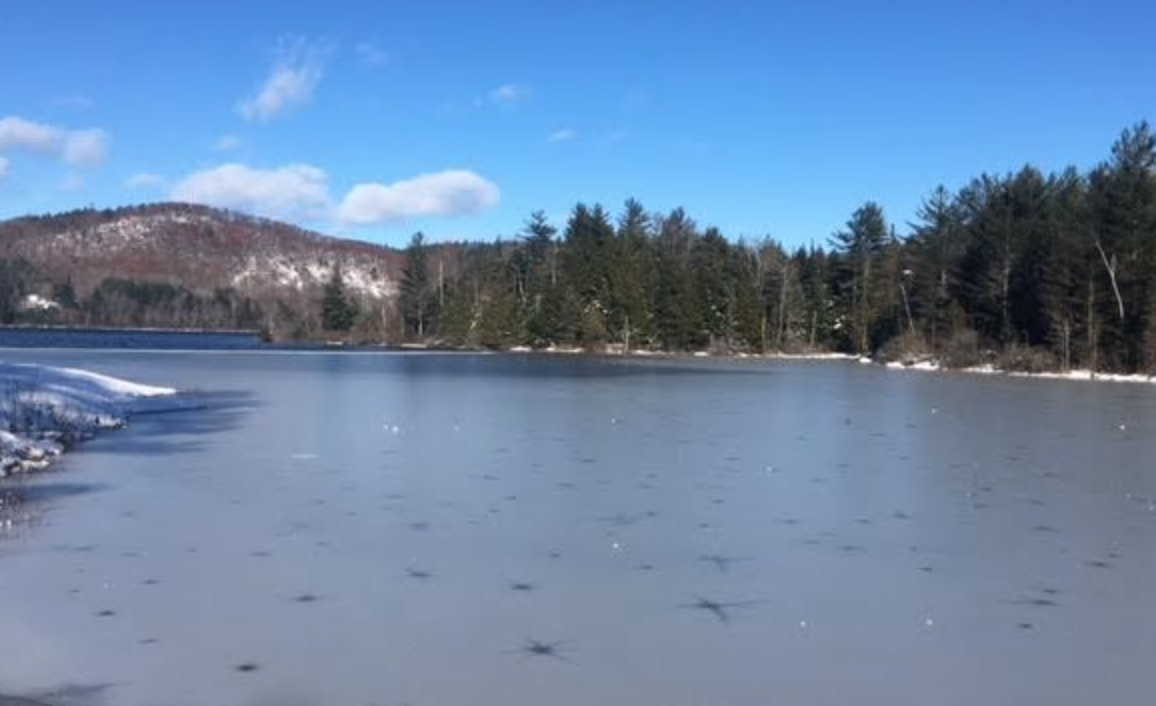Ice Diving on the wreck of U.S. La Vallee (Lake Champlain)
 Sunday, March 10, 2019 at 09:08PM
Sunday, March 10, 2019 at 09:08PM  Sunday, March 10, 2019 at 09:08PM
Sunday, March 10, 2019 at 09:08PM  Monday, February 18, 2019 at 10:16PM
Monday, February 18, 2019 at 10:16PM Ron Story's article in Ski Magazine on the risk of falling on ice while walking on icy surfaces on side walks, streets, stairs etc.
 Sunday, February 3, 2019 at 08:17AM
Sunday, February 3, 2019 at 08:17AM The following link is to an article by Declan McCabe. It looks how water expands as it freezes, allowing ice to float and the ramifications for us if ice sank.
 Sunday, November 18, 2018 at 05:22PM
Sunday, November 18, 2018 at 05:22PM 
FIrst Ice: We have had an early start for skating this year. We got out on November 15 on a piece of ice on Bartlett Pond near Mineville NY. The ice was about 2-3/8 thick and had an area about the size of a few hockey rinks...not big but it was great to get out.
Layered Ice: Several inches of snow fell the night of November 15 which submerged thin ice sheet that had formed on shallow ponds. On November 18 the ice is still layered ice (about 3/4" black ince on the bottom with an inch of watery slush in the middle with a frozen slush on the top. Layered ice often has a particularly wide range of breakthrough strengths. Weak areas are easy to find with a test pole. Being on ice this dodgy without a testpole or similar ice checking equipment leaves you with the widely used but foolish 'body weight test method'. Even with my test pole I still broke through. The dry suit kept me dry and warm.
See the Key Points page for a quick review of the most important aspects of managing the risks of wild ice.